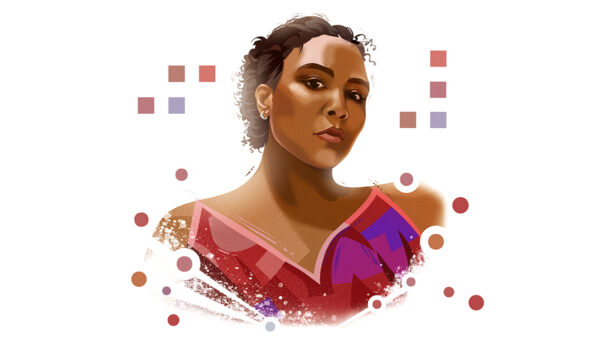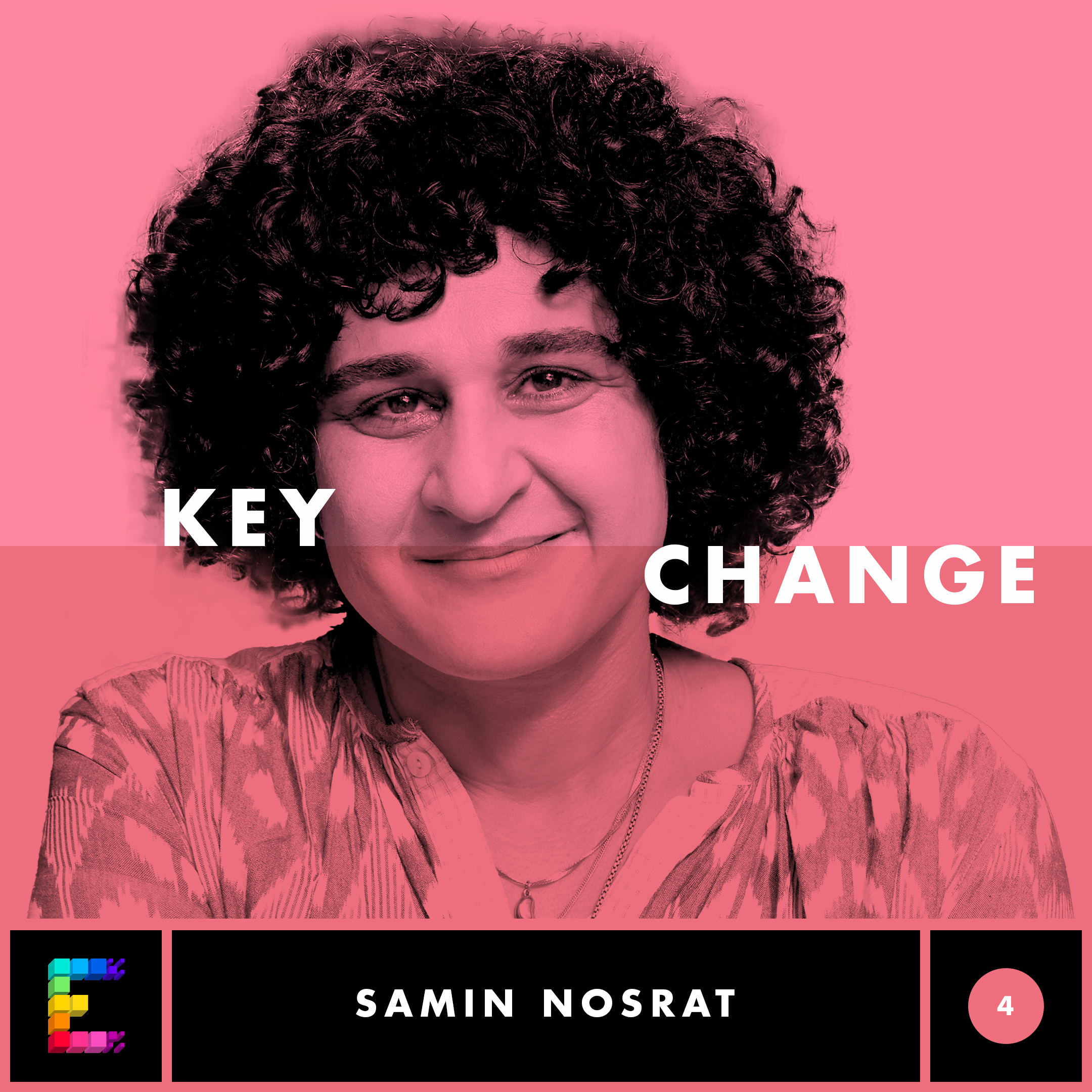
Lizzo is a Grammy- and Emmy-winning singer, rapper, songwriter, and actress. She’s been putting out music since 2013, and her last two albums both went platinum. Her fifth album, Love In Real Life, comes out this summer. For this episode, I talked to Lizzo, as well as her longtime collaborator, Grammy-winning producer Ricky Reed, about the making of one of her new songs, “Still Bad.” It wasn’t a straightforward process at all, and coming up, you’ll hear a few of the many, many demos they made on their way to the final song.
You can buy or stream “Still Bad” here.
Illustration by Carlos Lerma.
For a transcript of this episode, click here.
footnotes:
Blake Slatkin – co-writer and co-producer
Sam Harris – co-writer
Cheche Alara – piano
Victor Indrizzo – drums
Britney Spears
Big Grrrl Small World
Aretha Franklin
Franz Ferdinand (band)
Lizzo is set to play Sister Rosetta Tharpe in the upcoming biopic




